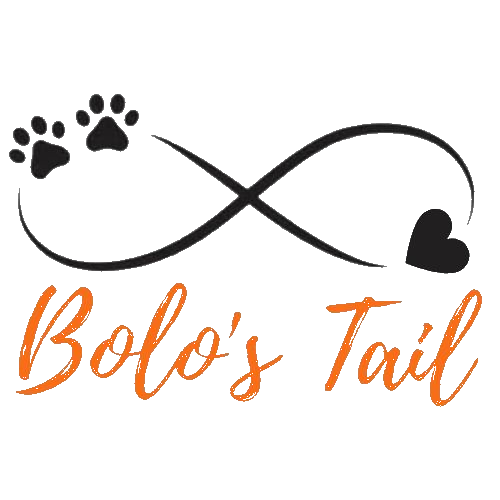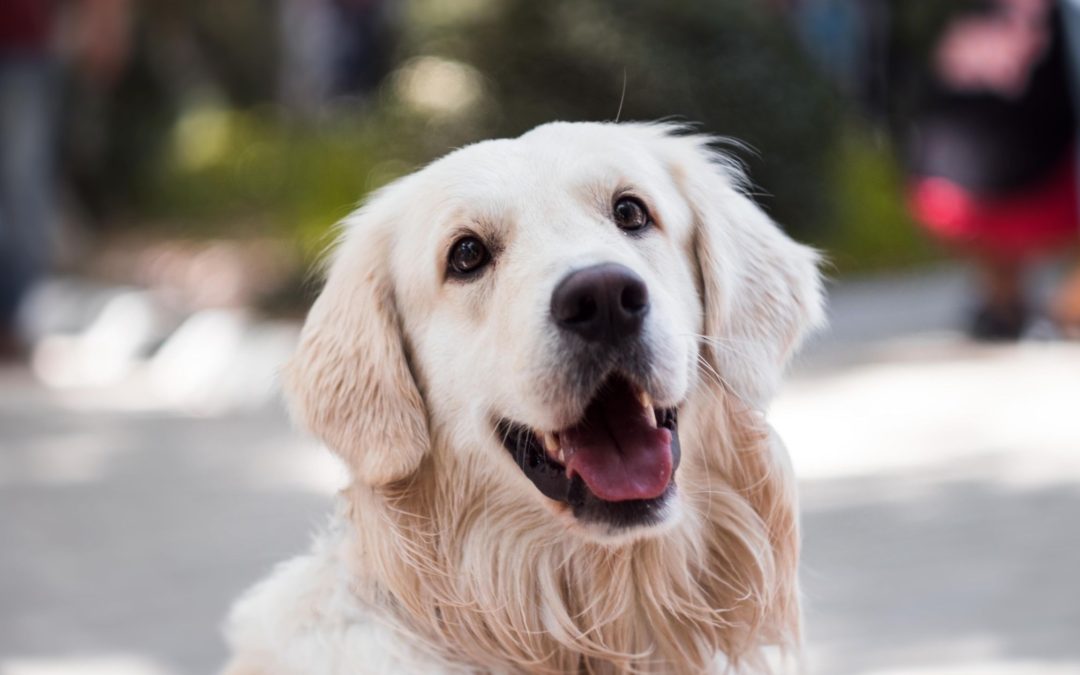A gray muzzle, cloudy, eyes, getting wobbly or slowing down. These are some of the signs our seniors are entering their golden years. It’s a tough realization that our babies we’ve cared for all their lives, are entering their twilight.
However, thanks to improved nutrition, our growing knowledge and veterinary care, many dogs are living longer and healthier lives, which means we get more time to spend with them. And that’s a wonderful thing indeed.!
Whether you have gotten your senior well into their years, or had them since they were puppies, it’s never easy to see them age. From my own experience, it’s even harder the longer you’ve spent so many years together. My Bolo was well beyond any chart or statistic, and so was our bond.
 When is a dog actually a senior?
When is a dog actually a senior?There are many charts and opinions that vary, but I’ll try to give the general consensus.
Most people go with one dog year is equal to 7 human years, but that would have made my Bolo 182 years old! So that doesn’t quite add up.
A dog’s age can depend on several factors: the dog’s size, breed, nutrition, and care, etc. Below is average age chart going by size.
- Small breeds are considered senior dogs around 10-12 years old.
- Medium size breeds are considered senior dogs around 8-9 years old.
- Large and giant breeds are considered senior dogs around 6-7 years old.
This chart seems pretty accurate in my opinion

By knowing your dog’s age, you will be better able to make the right choices for them regarding their overall health and routines, including the right amount of exercise and regular veterinarian care.
Signs your dog is nearing Seniorhood:
- Age-related diseases begin to appear, join problems such as arthritis, cognitive dysfunction, liver failure and cancer
I’ve sadly lost dogs due to these illnesses, particularly cancer and liver failure, so stay on top of these issues with regular blood checks and vet visits.
- Behavioral changes, including less enthusiasm and energy, confusion, and sleeping more than usual
Make sure to keep your home peaceful and quiet, have a comfortable bed for your dog, and avoid changing things too much. as it can disorientating for your dog.
- Joint pain and stiffness, especially in the morning or after exercise
Bolo got a massage every day, and I was especially focused on stretching his legs well in the process. Look here for acupressure videos for your older dog’s arthritic condition: https://bolostail.com/ask-dr-top/
- Weight gain or loss, depending on activity level and food consumption
You may need to change your dog’s diet depending on their needs, check with your vet for tips on that. Bolo ate like a champ until the end, he was one of the lucky ones.
- Incontinence, leading to the use of pads or diapers
It may start off with a little accident here or there, then lead into a more full-blown problem, just be patient and kind for this can be humiliating for them.
- Loss of senses, hearing sight and smell can all diminish in a dog’s waning years
Bolo was easily frightened by sudden movements in his last years, so be careful to move slowly as them becoming easily startled will lead to discomfort. and anxiety.
- Teeth and gum disease, as in humans, dental problems come with age
Have your vet do a regular check of your dog’s teeth and don’t wait until it becomes a problem. Bolo got a bone once a week and had perfect teeth his entire life.
My beloved Bolo dealt with several of these issues. He got much slower in his last year, until finally he couldn’t walk at all for his last four months. He still had a good quality of life though as I carried him around and he still ate well, wasn’t in pain and enjoyed being outside. I was always at his side. I tried several joint supplements with no success, and had to be very careful as he had liver problems from formerly having e-canis. The liver problems persisted into the last year and a half of his life, but we managed with the supplement milk thistle. He also had incontinence, and I used pads for about seven months and a belly band for his last 3 months. He slept more the last few months, then weeks, until it was only days. Bolo still barked at neighboring dogs until his last days and loved his cuddles until his final breath. Bolo lived well into his 26th year of life, and I am so grateful for that.
For all the years I had Bolo, I fed him homemade nutritious food, accompanied by fish oil for his joints, walked him 1-2 times per day and always made sure he was regularly checked with our vet. If you pay attention to the signs mentioned above, combined with daily love and affection, should have you seeing your dog well into their senior years.
Please check these links to help better understand some options available for your senior dog:
Supplements for joint problems
https://petcentral.chewy.com/best-joint-supplements-dogs/
https://www.petlisted.com/best-joint-supplements-for-dogs/
Natural Liver Supplement
https://www.dogsnaturallymagazine.com/milk-thistle-for-your-dog/ https://www.greatpetcare.com/wellness/milk-thistle-for-dogs-benefits-and-uses/#:~:text=Milk%20thistle%20may%20be%20beneficial,they%20won’t%20cure%20diseases.
Bedding for your Senior Dog
https://www.overstock.com/guides/how-to-choose-a-pet-bed-for-an-older-dog
Homemade Dog Food
https://damndelicious.net/2015/04/27/diy-homemade-dog-food/
Incontinence
https://www.thesprucepets.com/senior-dog-having-accidents-3976986
Sensory Decline
https://wagwalking.com/condition/sensory-decline-senior
https://dogtime.com/dog-health/65701-help-senior-dogs-losing-hearing
Dental care
https://dogtime.com/dog-health/dog-dental-care/64355-cleaning-senior-dogs-teet
Watch this space for follow up blogs on senior and geriatric dogs.
.


Thank you Kelly ,although mine are young this will be very useful for the future and to pass onto others .🐾🐾🐾🐾
Thank you for commenting and following. Happy Holidays to you and yours!